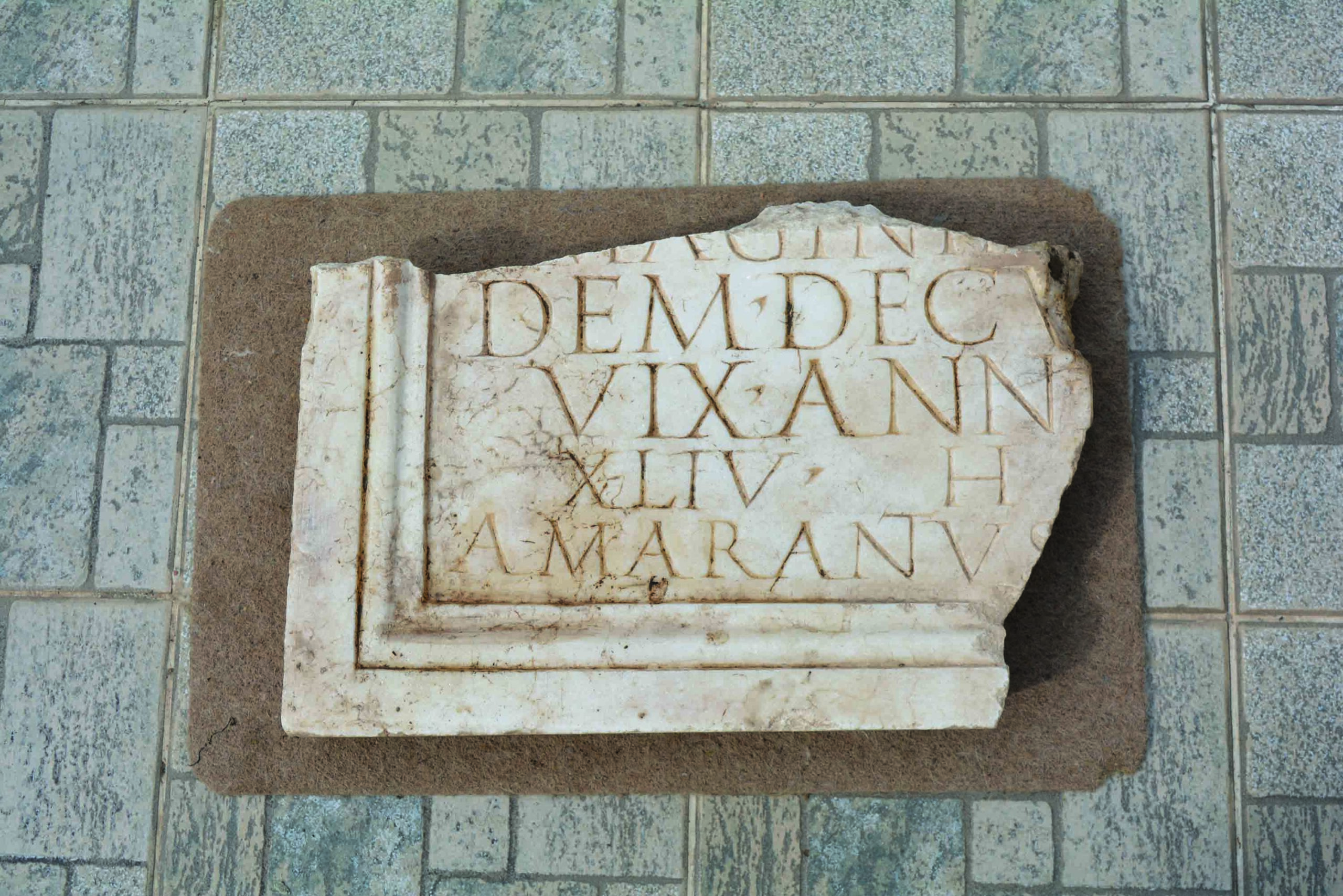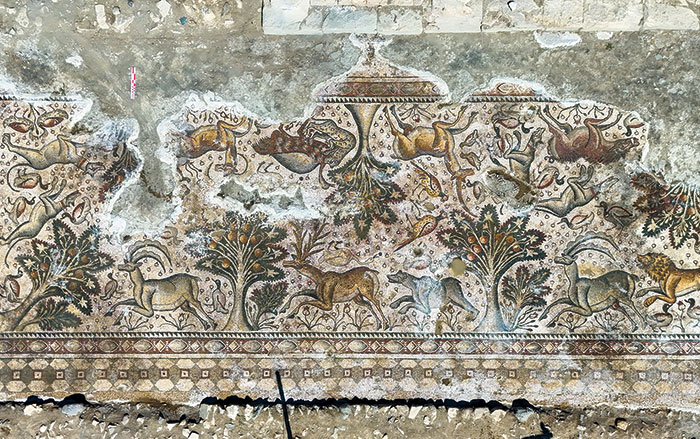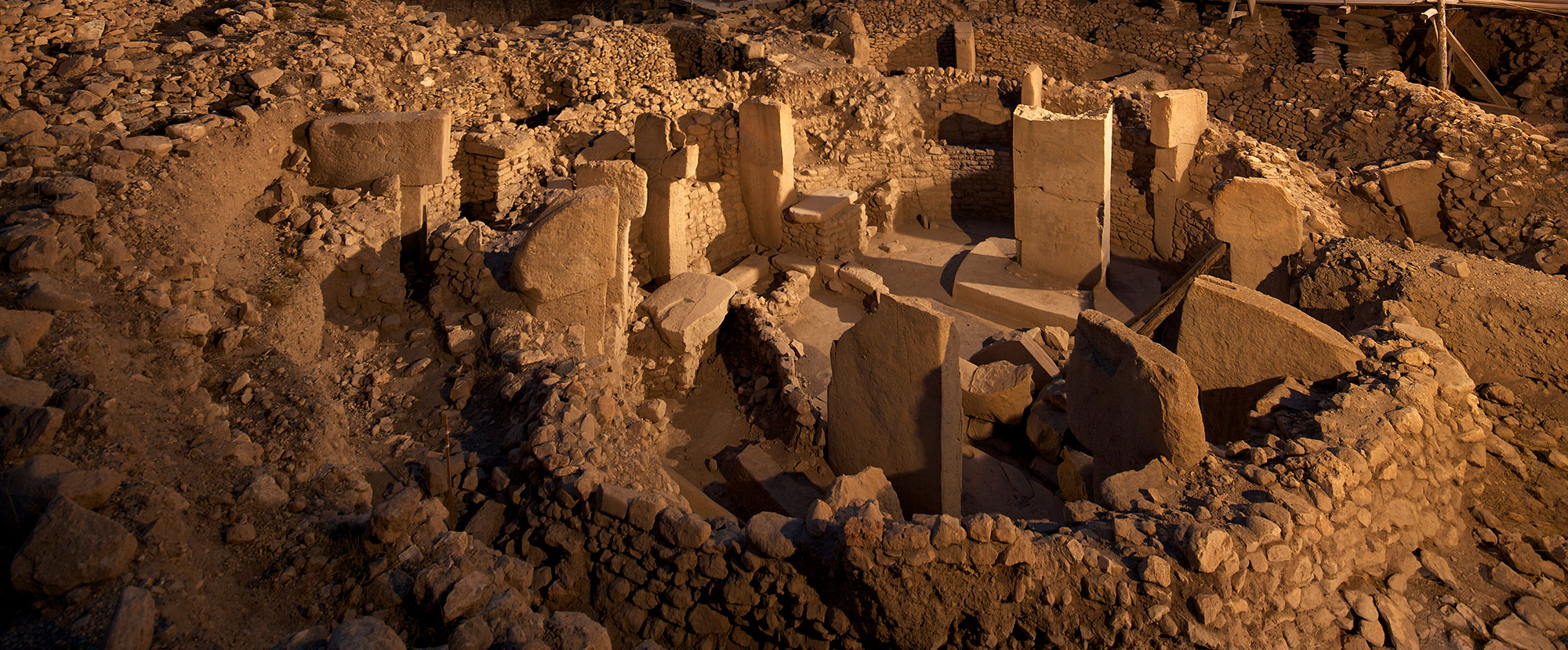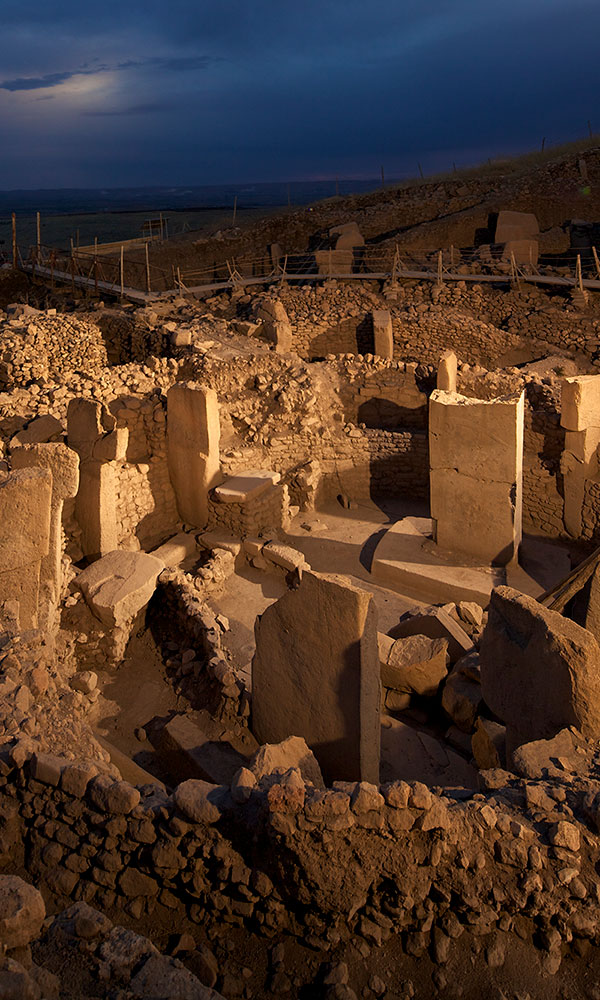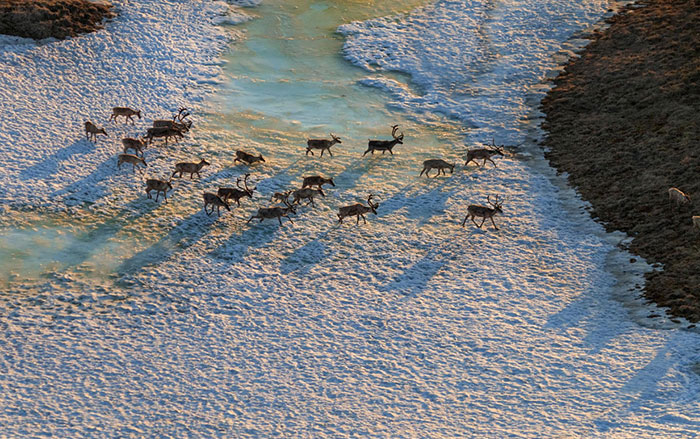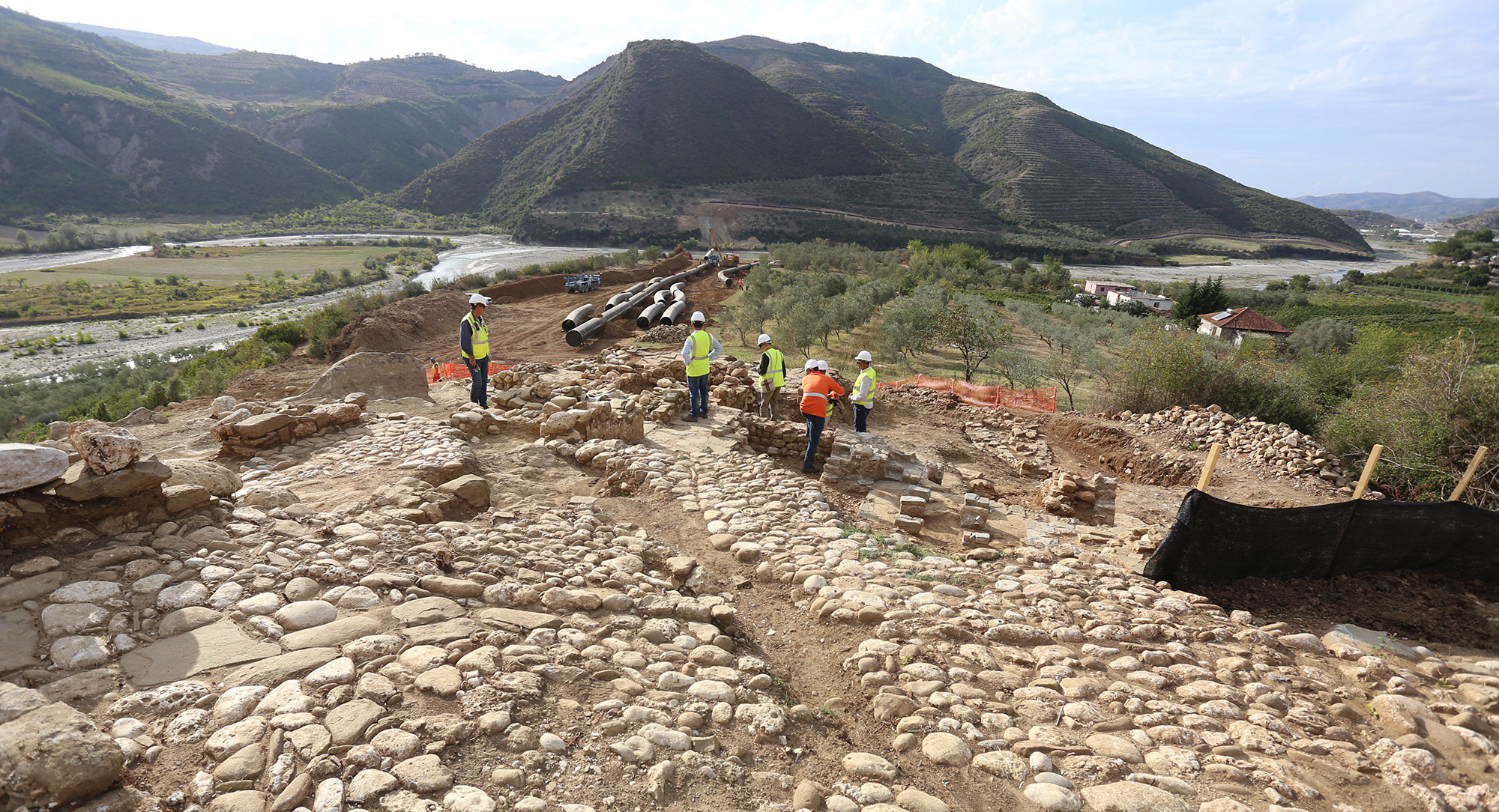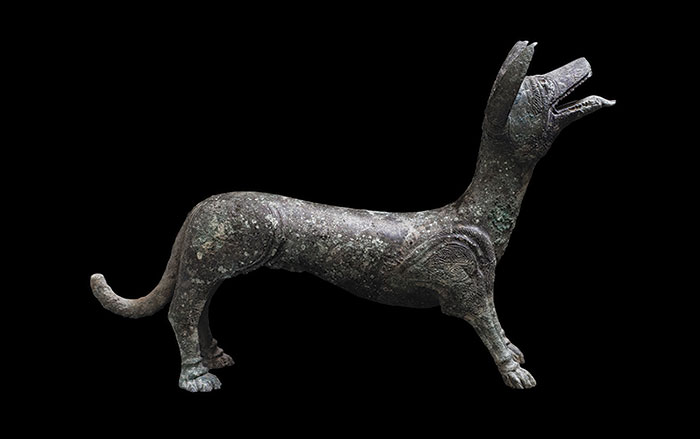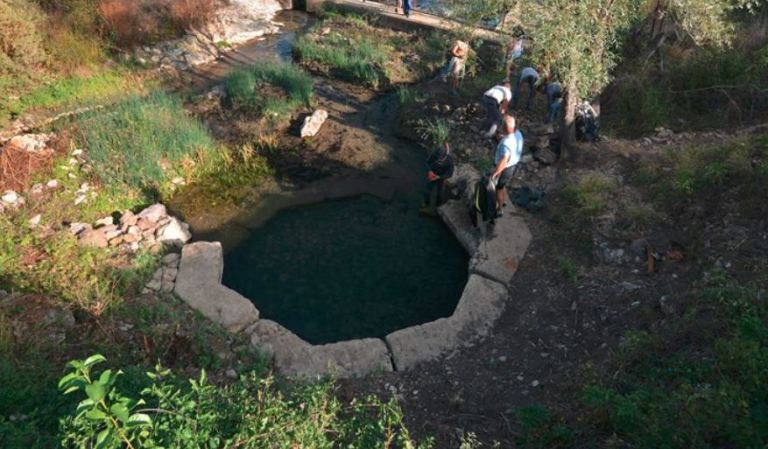
MUSINA, BULGARIA—Archaeology in Bulgaria reports that a team of researchers led by archaeologist Kalin Chakarov of the Pavlikeni Museum of History has investigated a water catchment reservoir at a spring inside Musina Cave, a water source that supplied the ancient city of Nicopolis ad Istrum. The city was founded by Emperor Trajan in the early second century A.D. in what is now northern Bulgaria to celebrate his victories over the Dacian tribes north of the Danube River. The Romans also built the reservoir and a 12-mile-long aqueduct to transport the water to the city’s western fortress wall. Chakarov said the octagonal-shaped reservoir was constructed of large stone blocks each weighing more than 1,000 pounds and held together with iron bars covered in lead. Four rows of those blocks have survived. “The water catchment reservoir has two openings—one in its northern end and one in its western end, giving the start to two canals,” Chakarov added. “The first one is the one sending water to Nicopolis ad Istrum, while the other one is a spillway sending the excess water to the main canal.” To read about another discovery in Bulgaria, go to “Thracian Treasure Chest.”


